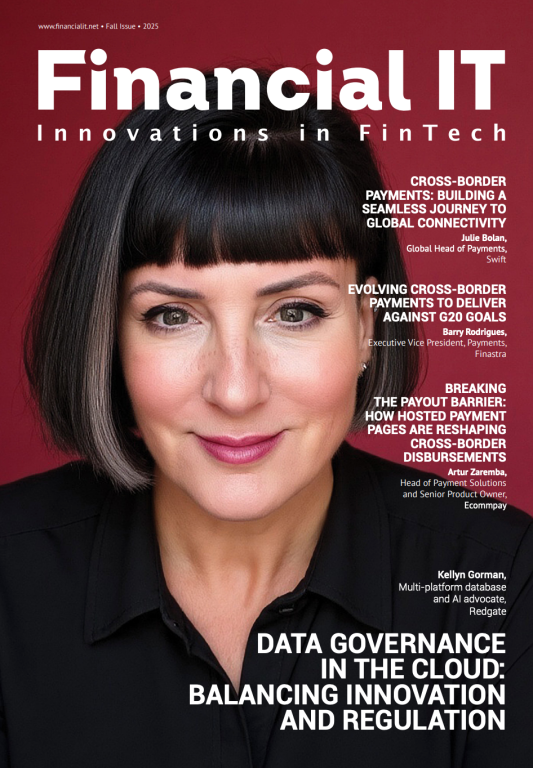Published
- 04:00 am
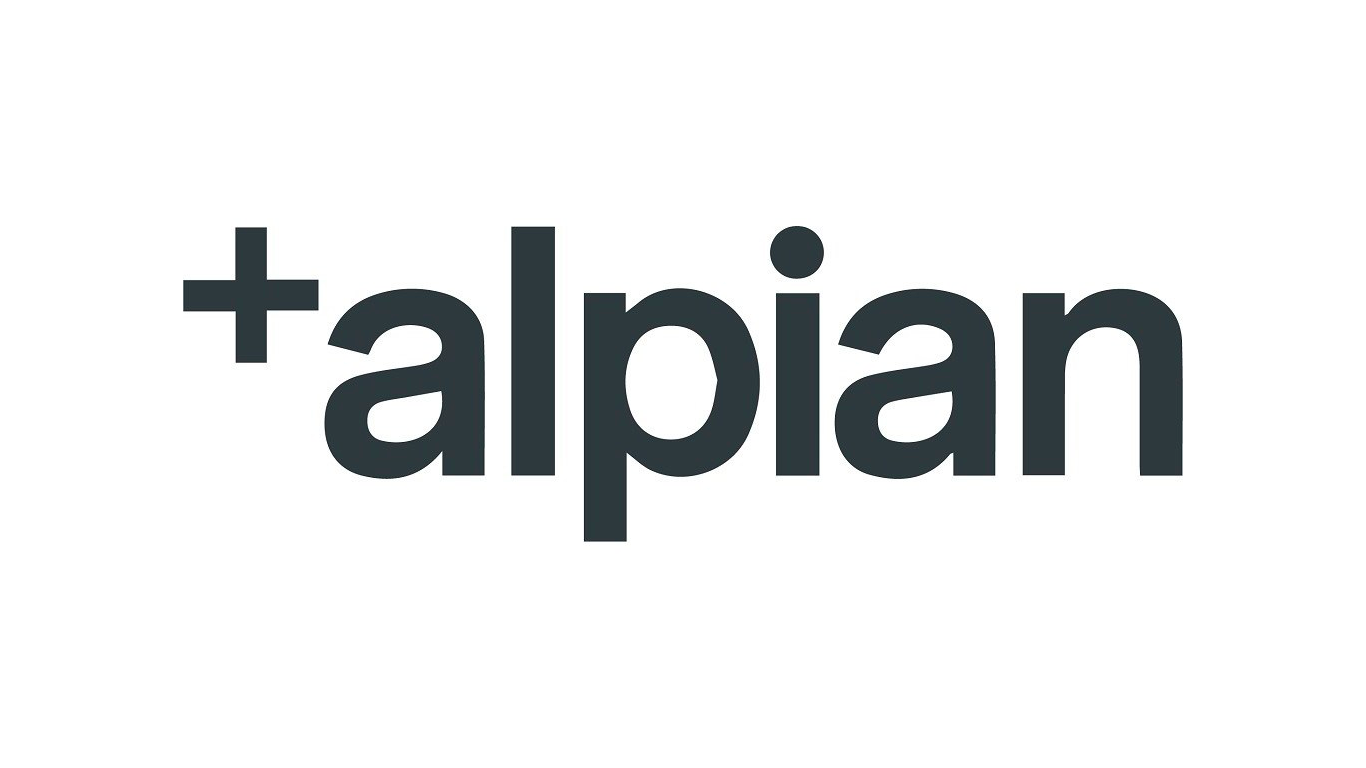
Alpian SA, an innovative digital private bank, today announced the granting by FINMA of a banking license and a successful CHF19 million Series B+ closing, enabling Alpian to shortly launch to the public in Q3 2022, becoming Switzerland's first digital private bank.
Alpian, majority-owned by Fideuram-Intesa Sanpaolo Private Banking, secured a third round of financing, fully subscribed by Fideuram - Intesa Sanpaolo Private Banking. The financing will support the deployment of Alpian's range of services in Switzerland, comprising both private and online banking.
This hybrid model combines a secure, state-of-the-art banking experience with the support of Alpian's qualified wealth advisors, giving affluent clients access to services normally reserved for traditional private banking. To complement this, Alpian has seamlessly woven everyday banking features into its digital offering.
Schuyler Weiss, CEO of Alpian, commented:
"Since 2019, we have built what will become Switzerland's first digital private bank. With the funds raised during the Series B+ and with its new standing as a licensed Swiss bank, Alpian is well equipped to launch its offering."
Pasha Bakhtiar, REYL Intesa Sanpaolo Partner and Chairman of the board at Alpian, added:
"We are proud to have passed these two milestones on our way to delivering a truly unique and bespoke digital private banking offering. The successful journey so far is a testament to the resilience and dynamism of the Alpian team, as well as the vision of REYL Intesa Sanpaolo."
Luca Bortolan, Head of Direct Bank Fideuram Intesa Sanpaolo Private Banking, added:
"From the beginning, we have seen Alpian as a great opportunity to invest in the development of digital private banking. Alpian will bring both strategic and synergy driven value, demonstrating our proactive commitment of addressing the needs of its current and future clients."
Related News
- 07:00 am
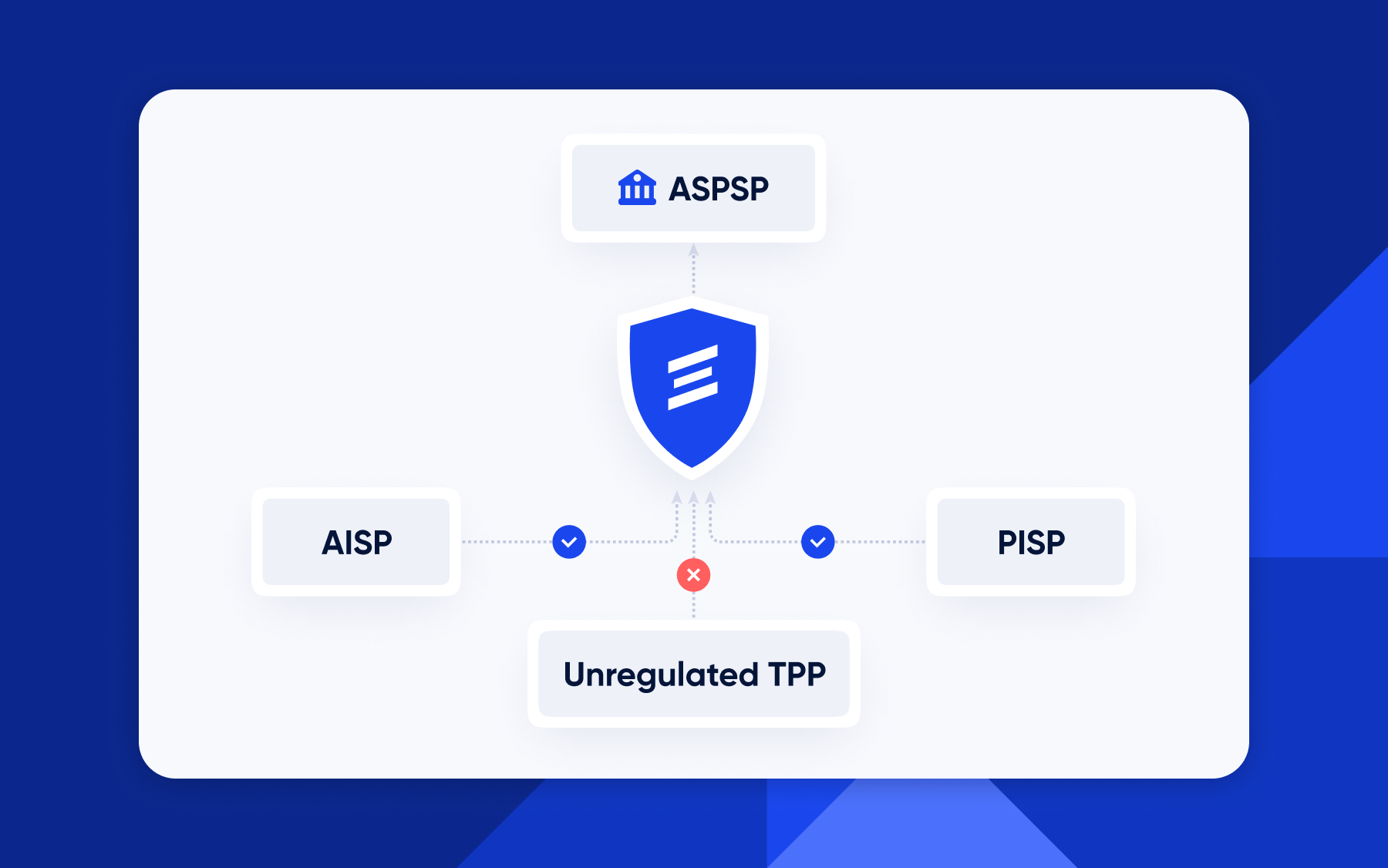
Salt Edge announces the launch of a new open banking solution on the European market – TPP Verification. The solution simplifies ASPSPs’ efforts in checking the third-party providers trying to access users’ account data.
To keep customers’ accounts safe, ASPSPs are obliged by PSD2 to have a mechanism for TPPs to identify themselves before accessing the open banking channels. Now, they get more safety in opening up access to customer accounts data and payments capabilities for third-party providers with Salt Edge’s TPP Verification. This way, end-users can be certain that their data will be available exclusively upon their permission to legitimate and regulated TPPs, while banks and EMIs are assured that the corresponding risk is mitigated by Salt Edge.
Shared data volumes and number of initiated payments constantly increase while open banking transitions to open finance, and ASPSPs find themselves forced to deal with complex risk management. Regulated third-party providers, whom they did not have any prior relationship with, are legally allowed to access banks’ customers’ accounts, with customer explicit consent. The latter are protected by PSD2, which says that in case money is lost through an open banking operation, the bank will pay them back. But who protects the banks, in this case?
Salt Edge is filling that gap with the in-house built, standalone solution dedicated to banks and EMIs – TPP Verification. Ticking the legal box for banks to verify the status of each TPP trying to gain access to their accounts, the newly launched solution takes the burden off financial institutions. It is resource-consuming for banks to perform checks on TPPs, with dozens of QTSPs and registries of National Competent Authorities, all running on various technology stacks, with the information available in different formats, much of it missing or being duplicated.
Salt Edge’s TPP Verification is available on the SaaS model and is easily deployed on ASPSP’s side within a couple of days, being compatible with both dedicated APIs and modified customer interfaces. The information is provided in a matter of milliseconds and includes data about TPP’s PSD2 role, issuing QTSP, passporting permissions, eIDAS revocation checks, and more.
Open banking’s success depends on innovation and collaboration, backed-up by serious investments in security. Instead of doing it alone, ASPSPs can team up with fintechs and collectively deliver greater solutions to everyday challenges. TPP Verification developed by Salt Edge does exactly what it promises: protects data and enhances payments’ security, making fraudulent activities impossible. We are keeping the fences as high as possible.
Ana Maria Bahnarel, Project Manager at Salt Edge
For more details on TPP Verification, please visit Salt Edge’s website or book a demo to see how TPP Verification works.
Related News
- 01:00 am

HSBC: Driving breakthrough compute capacity and speed with Dataflow running on Google Cloud
HSBC delivers new counterparty credit risk (CCR) and derivative valuation adjustment (XVA) engine with in-house built analytics library NOLA 2.0, powered by Google Cloud. The cloud-native risk management solution boosts calculation speed 10x by combining Graph Theory from Mathematics and Dataflow Elastic compute from Google Cloud.
Future-proofing risk management on the cloud
Counterparty credit risk (CCR) and derivative valuation adjustment (XVA) calculations are among the most computationally intensive and complex calculations in any bank. They require extreme compute capacity and billions of daily calculations that are critical to understanding, measuring, and controlling a financial institution’s counterparty exposure. The CCR/XVA calculations are used to capture credit, funding, and capital costs for derivatives and form a core part of trading, risk management, accounting, and regulatory requirements.
Following the financial crisis, HSBC, one of the world’s largest financial and banking institutions, scaled up its CCR management capabilities using on-premises IT systems powered by vendor-based analytics solutions. While this setup served the bank well for over 10 years, it was not capable of meeting future regulatory and business demands.
In January 2021, HSBC embarked on an ambitious program of work to enhance its Business and CCR management capabilities to deliver a faster, more efficient, and more cost-effective platform while meeting the new regulatory requirements introduced by Basel III.
“We knew we needed to make changes to our internal processes, and we wanted to build something using cutting-edge, cloud-first technology,” said Faisal Yousaf, Global Head of Treasury Risk Management & Risk Analytics at HSBC. “We wanted to be ambitious, to build a solution in a cost-effective manner that could adapt very quickly and respond to multiple regulations in the various jurisdictions we operate in.”
Boosting compute capability and calculation speed by 10x with Dataflow
In addition to the calculation of CCR and XVA, HSBC wanted to develop a solution able to accurately measure the impact of new transactions and exposures and/or market scenarios on the fly.
“We knew that a cloud-native solution gave us the ability to scale and run at a reduced cost. We did a proof of concept using Google Cloud, and we quickly realized that this could be very successful,” said Dominic Williams, Global Head of Traded Risk Technology at HSBC.
HSBC’s solution, powered by an internally developed analytics library referred to as NOLA 2.0, uses an Apache Beam open-source pipeline running at scale on Google Cloud’s Dataflow. Dataflow’s unified streaming and batch data platform gives organizations the flexibility to define either workload in the same programming model, run it on the same infrastructure, and manage it from a single tool that’s fully managed and highly automated.
NOLA 2.0 is structured using a Directed Acyclic Graph (DAG) embedded with HSBC’s own pricing libraries encapsulated within the pipeline. “Dataflow enables the DAG, which is the DNA of everything we do, to be very well executed,” said Jean Jacques Kamdem, Global Head of Traded Credit Analytics at HSBC. “Dataflow’s auto-scaling elastic compute capability is critical when it comes to the most computationally intensive part of our use case, the sensitivity analysis.”
Working together through daily meetings, the team developed a solution that quickly scaled from prototype to production. “It was a great collaboration, with quite a few development teams involved, and response times were fantastic,” said Williams. “Google Cloud made sure we got out of the development curve and into the production and operations curve as quickly as possible.”
From prototype to production, it took only 10 months to launch NOLA 2.0 for HSBC’s key trading hubs in Hong Kong and London. The solution multiplies the previous calculation capacity, enabling increased analytical capabilities and greater risk management insight and control at lower operating cost.
Using internally developed analytics tools—rather than relying on an external vendor—HSBC can now achieve quicker time to market in response to emerging regulatory changes and business demands.
Taking a cloud-first approach to meeting regulatory requirements with Google Cloud
A key component of NOLA 2.0 is its ability to meet a variety of external regulatory and internal governance requirements, which are only expected to increase in the future. As part of the development process, HSBC assessed and validated the solution’s ability to successfully and securely transition data and compute to the cloud.
“HSBC adopts very stringent cloud data standards, and where appropriate, we obtained the relevant external approvals,” said Michele Marzano, Global Head of Traded & Treasury Risk and Analytics Transformation at HSBC.
Turning more active risk management into competitive advantage
NOLA 2.0 has resulted in a number of business and technical benefits for HSBC. “By boosting our compute capacity, we can run things faster and have greater risk visibility than ever before,” said Marzano. “Where required, traders and risk managers can have multiple rounds of accurate risk exposure numbers throughout the day, which takes us well ahead of our competition.” This framework supports full portfolio re-pricing intra-day and therefore better risk management and control for the bank.
As one of several projects HSBC has launched using Google Cloud, NOLA 2.0 has unlocked the ability to change at a velocity previously unavailable. “The fact that with a Continuous integration/continuous delivery (CI/CD) approach we can make changes to our analytics, build an image, deploy that image within minutes, and then run it at scale is just phenomenal,” Williams said. “When we were on-premises, the provisioning of infrastructure itself would take two weeks for virtual machines and months for physical machines. The ability to spin up new environments very quickly is a game changer.”
Increases in compute speed and launch velocity also provide long-term benefits for HSBC and its customers.
“Now we will have the ability to look at different stress scenarios that could occur within the world, like the impact of climate change or of inflation interest rates,” said Yousaf. “We can run a whole host of scenarios and ask, how is our portfolio going to change? That allows us to partake in more active hedging, more active risk management, and to position the trading book to take advantage commercially.”
Opening to the door to AI and opportunity
Going forward, as part of HSBC’s commitment to innovation, the team plans to leverage its engagement with Google Cloud to extend NOLA 2.0 beyond London and Hong Kong to 38 additional sites. HSBC is also planning to work with Google Cloud to develop and deploy additional technical solutions, including those using the power of artificial intelligence to support more complex calculations.
Beyond technical solutions, HSBC sees its collaboration with Google Cloud as opening a wealth of opportunities more quickly than anticipated. “The pace at which we've delivered this is particularly exciting. We've managed to make a very substantial change in what is a short period of time for any major organization,” concluded Yousaf. “We can really be ambitious now. We can be bold about what we want to do next. There are lots of ideas coming to the table, and we know we can deliver.”
Related News
- 03:00 am
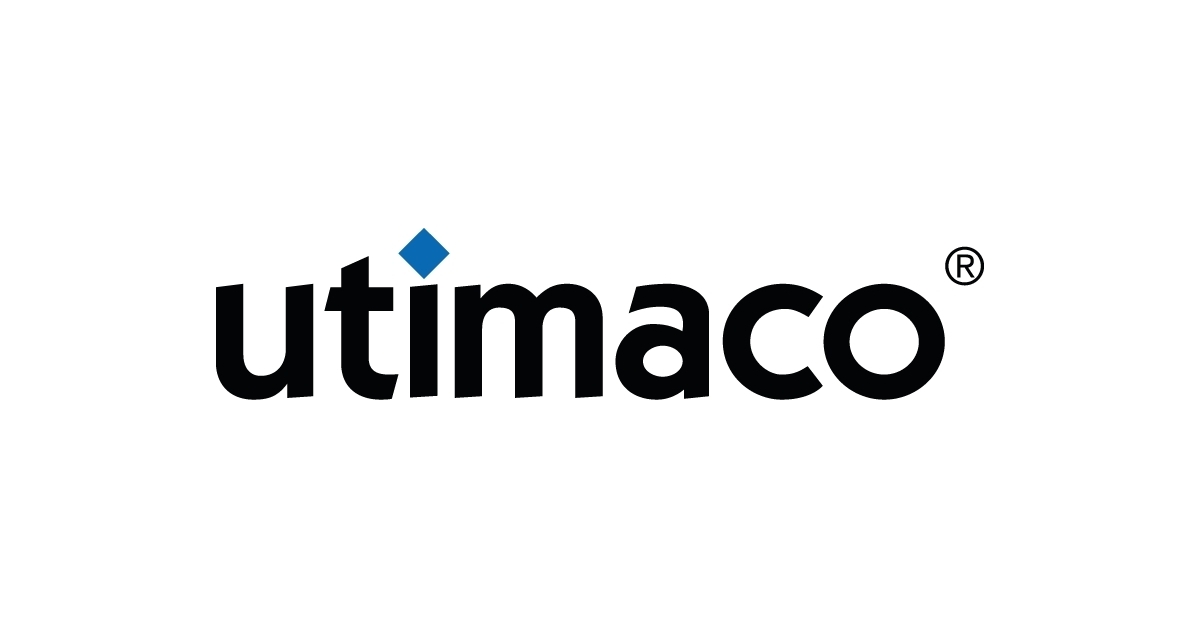
Global telecoms giant and cybersecurity innovators combine to create future-proof, secure implementations of fifth generation mobile networks
Finnish telecoms company Nokia and Utimaco, a leading global provider of IT security solutions, have announced that they will jointly develop 5G security solutions for Core mobile networks in a move that expands the two companies partnership. The combined technology will further improve security on 5G networks ranging from private site networks to national networks and Internet of Things (IoT) technology.
The 5G standard for broadband cellular networks began being rolled out in 2019, and today has been implemented in 24 European countries. The higher bandwidth of 5G networks means that users can have download speeds of up to 10 gigabytes per second – enough to download an entire Blu-ray disc in five seconds. The twin benefits of high speed and low latency can enable anything from 4K streaming and gaming to the sharing of scientific data, controlling autonomous vehicles, enabling industrial automation creating networks of IoT devices in homes and cities.
As 5G penetration has increased, regulators in the EU have begun to define a regulatory framework for safeguarding encryption keys that enable users to verify other users on the network are who they say they are. This public key infrastructure (PKI) is used across the digital world in hundreds of applications, and Utimaco has been at the forefront of implementing this technology and many others in telecommunications, government, banking, cloud services and many other industries.
The security solution to be offered by Nokia and Utimaco will allow networks of any size to integrate high-level user authentication and key agreement protocols from 2G to 5G connections, while supporting quantum-safe algorithms to protect against next-generation cyberattacks. The solution can also be customized to meet the specific requirements of communication service providers.
This new solution will also utilize the capabilities of Nokia Subscriber Data Management to protect customer data security and reinforce endpoint security.
Mario Galatovic, Vice President Products & Alliances at Utimaco, says: “5G isn’t just a faster version of existing mobile standards. It was created to fundamentally change how devices interact, so that cities could link up vast networks of sensors and factories could stream real-time data from their autonomous machines. We are only just beginning to scratch the surface of what is possible when everything from a desktop computer to a smart light bulb can connect with incredible speed and stability, so it is vital that security protocols are in place that protect the assets on these networks.”
Marcelo Cheminn Madruga, Head of Cloud & Network Services Core Networks Technology and Platforms at Nokia, adds: “As the scale and sophistication of cyber-criminal activity continues to grow, there is a relentless need to strengthen our cybersecurity capabilities inside Nokia and with our partners. Security is a top concern of our communication service provider and enterprise customers, and we are pleased to enhance our partnership with Utimaco and our joint efforts in bolstering our security tools. Combining the benefits of Nokia’s Subscriber Data Management solution with UTIMACO HSM end-point security is a case in point.”
Related News
- 03:00 am

In 2011, Brazilian software developer Lucas Schoch spent more than 1,100 bitcoin inside World of Warcraft, the popular online fantasy game. Cryptocurrency had yet to explode in value, but he quickly realized what a mistake he’d made.
Data scientist Vijay Pravin had just founded an AI-powered blockchain analytics firm when he heard about the record $69 million sale of a digital artwork known as a non-fungible token a year ago. He learned that the buyer, a crypto entrepreneur, hailed from Pravin’s hometown of Chennai, India. Inspired, he started digging into NFTs.
As a child in the late 1970s, Christian Duffus fled political unrest in Jamaica with his family and landed in Miami. He eventually founded and sold three startups in fintech and wireless technology, all with a social justice mission. Then he figured out a way to link all three — with crypto.
Today, Schoch runs Bitfy, the Brazil-based cryptocurrency wallet app. Pravin’s startup bitsCrunch works to make NFT marketplaces more reliable and transparent. And Duffus’s newest venture, Fonbnk, allows people to convert the value on their prepaid mobile SIM cards into cryptocurrency.
These companies, along with San Francisco-based Ankr, Denmark’s SPENN Technology, and Argentina’s belo, are working to bring the benefits of blockchain products to more people. They all joined Start Path Crypto, Mastercard’s blockchain-focused startup engagement program, as part of those efforts. Start Path Crypto gives these companies — as well as the 12 startups from the program’s earlier waves in July and December — access to partnership opportunities, insights and tools to grow.
In less than 15 years, cryptocurrency has grown from a largely speculative investment vehicle among hardcore enthusiasts in developed nations to a global financial phenomenon. The number of crypto users grew by 178% in 2021, with 295 million users worldwide by the end of the year — and that number is expected to reach a billion by the end of 2022, according to a recent Crypto.com report.
The market size of blockchain-based businesses and tech, which power crypto and a growing number of finance, logistics and media services, is expected to grow from nearly $5 billion in 2021 to $228 billion by 2028, according to another recent forecast. But challenges remain in mainstreaming crypto and blockchain as government regulations, tech standards and plenty more still need to be ironed out.
“We’re a startup that aims to be giant,” says Schoch, who had struggled with Brazil’s lack of a blockchain infrastructure. “Being close to a giant can help us learn with the experience of one.”
Ankr, founded by Ryan Fang, Chandler Song and Stanley Wu, provides a powerful multi-chain toolkit to access blockchain infrastructure, earn yields and integrate DeFi solutions.
Built on blockchain, SPENN, founded by Jens Glaso, makes it cost-effective for banks to bring more people into the formal financial system through an app that makes it easy for them to manage their savings, payments and investments transparently and securely.
Manuel Beaudroit co-founded Belo to make crypto simple and easy: It’s a digital wallet with a companion Mastercard prepaid card that allows everyone to pay and save in crypto.
A 2021 Chainanalysis report on the geographic adoption of crypto shows that institutional investors are powering the growth of crypto in North America, Western Europe and East Asia. Perhaps not coincidentally, those regions are where calls for regulation are growing. Crypto adoption is also skyrocketing in developing economies, where currency devaluation can be a big concern. But much work needs to be done to bring all the benefits of blockchain there.
“Imagine if you lived in a mobile-first country or region and did not have access to a desktop computer or laptop, how difficult it might be to navigate these various Web3 interfaces,” Duffus says.
Crypto-based peer-to-peer payments and remittances are growing across Africa, the Middle East and Latin America. Retail payments in Latin America are growing fast, particularly in El Salvador, where bitcoin is now considered legal tender. Early results from a Mastercard survey of crypto in Latin America shows that 10% of small and medium enterprises have enabled cryptocurrency as a payment method, and another 15% are experimenting.
“I was very excited how this piece of novel tech can bring a change to some of the systemic problems we have in the world, and more specifically Latin America,” Beaudroit says. “At that point, I decided to make a bet and dedicate as much time as possible to make crypto massive and accessible for all.”
Related News
- 02:00 am
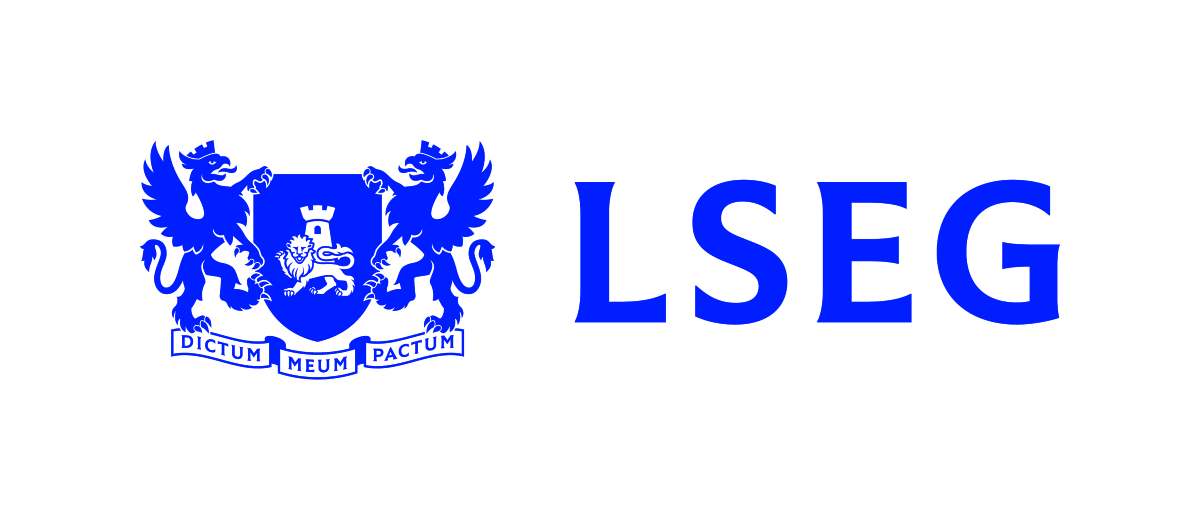
London Stock Exchange Group (LSEG) today announces it has agreed to acquire Global Data Consortium Inc (GDC), a global provider of high-quality identity verification data to support clients with Know Your Customer (KYC) requirements (the Transaction).
Founded in 2012, GDC specialises in delivering high-speed electronic digital identity verification. GDC provides global name and address matching capabilities that enable them to accurately source and enhance data from over 300 data sources globally and to deliver high quality identity data in near real-time for over 70 countries.
GDC’s services are currently used within the LSEG Customer and Third-Party Risk business, to provide global digital identity verification to customers. Following completion, GDC will be part of LSEG’s Data & Analytics division.
Andrea Remyn Stone, Group Head, Data & Analytics LSEG, said:
“Adding GDC to the suite of digital identity solutions within our Data & Analytics division, will enable us to continue to expand our capabilities in this high growth segment, through both direct sales and channel partnerships. I look forward to working with the team at GDC to deliver on our promise of being the platform of choice to manage financial crime related risks.”
Phil Cotter, Group Head of Customer & Third-Party Risk Solutions, LSEG, said:
“This transaction delivers a compelling opportunity to acquire a strategic capability aligned to our vision of becoming a market leading global Digital Identity and Fraud (DI&F) solutions provider. The acquisition of GDC, combined with our existing capabilities from GIACT and Qual-ID, will enable customers to verify digital identity and protect against fraud globally with a suite of real-time, accurate solutions.”
Bill Spruill, Founder and President, GDC, said:
“I’m thrilled that GDC is joining the LSEG family. Building on the previous partnership followed by the investment, with the Customer and Third-Party Risk business, LSEG always felt like a natural fit for GDC. The opportunity to accelerate our global growth, leveraging the breadth and scale of LSEG, presents a compelling opportunity for our team to better serve our global customers delivering innovative new solutions for the market.”
Refinitiv acquired a 11% stake in GDC in 2020. The terms of the Transaction have not been disclosed. The Transaction is expected to close in H1 2022, subject to regulatory approvals.
Related News
- 04:00 am
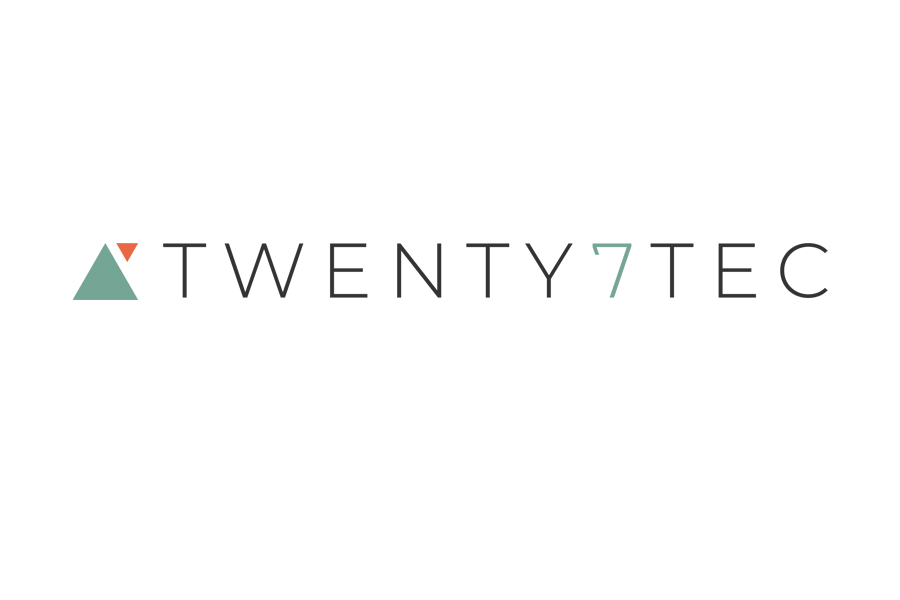
Twenty7Tec has released its monthly report into the state of the UK’s mortgage market.
Key findings for March 2022
- We saw the largest month-on-month rise in searches since March last year - in part driven by the extra working days in March 2022 (versus February 2022)
- March 2022 saw five of the ten busiest ever days for mortgage searches on the platform
- March 2022 saw the highest ever monthly total for mortgage searches on the platform - surpassing even the stamp duty driven March 2021 by 60,000 searches
- Mortgage search volumes are growing fastest (14.64% month on month) in the £250k-500k valuation range
- The market softened in the 95%+LTV range - March 2022 was the weakest month year to date
- £1m+ properties now form a larger percentage of the market for searches than ever before at 4.29%
- The rise in searches for properties valued at over £1m rose 12.95% in March 2022.
- The total number of available mortgage products is now at 90.42% of pre-pandemic levels
- 24 mortgage providers are currently providing more mortgage products on our platform than ever before
Nathan Reilly, Director of Lender Relationships at Twenty7Tec says of this month's findings:
"There's a lot of change happening in the mortgage market right now. Demand remains high for both purchase and remortgage mortgages, but inflation-driven interest rate changes are also influencing the volume of searches that we're seeing.
"Comparing March 2022 with the two prior Marches is very hard. March 2020 was the beginning of the UK's lockdown and we quickly went from the height of the market to the lows of the month afterwards. March 2021 was the stamp-duty-driven boom of last year. Nonetheless, March 2022 has exceeded both prior years for total mortgage searches and ESIS documents created."
Related News
- 03:00 am
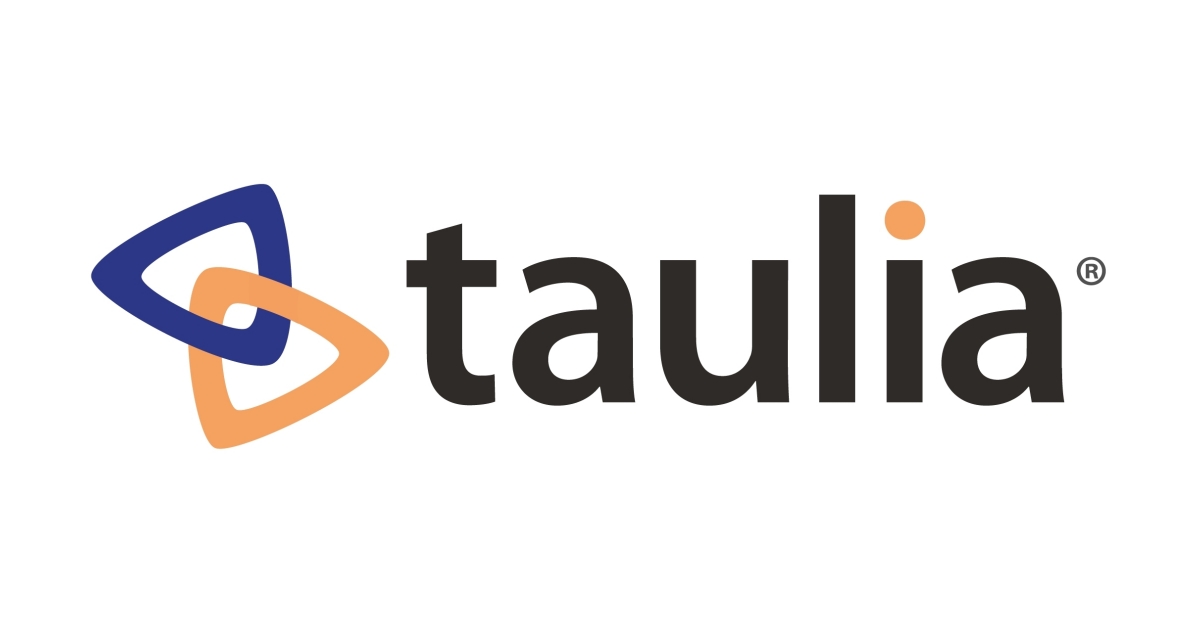
Taulia, a leading provider of working capital management solutions, has announced the promotion of Bob Glotfelty to Chief Growth Officer. Bob, who previously served as Taulia’s VP of Growth, will now be responsible for overseeing Taulia’s ambitious growth plans since being acquired by SAP.
Following Taulia’s expansion in Asia last year. Bob will be in charge of growing Taulia’s full suite of services in China to help build its presence in the market, and will work closely with Haiyan Zhuang, Head of China.
Bob Glotfelty, Chief Growth Officer, Taulia, said: “As Taulia continues to expand its offering globally, I’m delighted to oversee growth in new markets. Asia sits at the heart of the global supply chain and is a region of strategic importance for many businesses worldwide. Building our presence in China is a great opportunity for us, and I’m excited to see what the next phase of Taulia’s journey in this region holds.”
Related News
- 03:00 am

- Following its successful acquisition by Klarna, leading mobile wallet provider Stocard introduces its new look and feel to over 47 million active consumers in 45 markets, adopting Klarna’s award-winning “Smoooth” brand identity across all touchpoints.
- The rebranding sets the stage for new product synergies between Klarna and Stocard and introduces Klarna’s brand to 1.7 million new consumers in the UK.
Klarna, a leading global retail bank, payments, and shopping service that helps consumers save time and money, be informed and in control, today revealed the new “Klarna-fied” brand identity of Stocard, one of the world’s leading mobile wallet providers that enables consumers to gather all of their loyalty cards virtually in one single place and receive personalized offers. The rebranding marks the next step of Stocard’s integration into the Klarna ecosystem following its successful acquisition by Klarna in July 2021 and opens up the doors for commercial and technological synergies between the two company’s offerings.
David Handlos, Domain Lead and founder of Stocard said: “We could not have imagined a better home for Stocard than Klarna. We both share the same customer obsession and our new look and feel expresses this joint mission superbly. With its high-touch design language and captivating photography, Stocard’s new Klarna-fied branding both enhances our user experience and helps us better attract new audiences. And the brand is just the beginning. Our users and retailers can look forward to powerful new features coming their way soon as we tap into Klarna’s vast pool of talent and resources.”
The Stocard app lets consumers virtually store all of their loyalty cards, collect coupons and rewards, receive personalized offers and even make mobile payments with a virtual prepaid card. For retailers, the Stocard app offers a powerful data-based channel to engage consumers, drive traffic, sales and loyalty and understand consumer preferences.
The Stocard app will continue to be available for free to its 47 million active consumers across 45 markets and will be enriched with further features going forward as it integrates deeper with Klarna’s platform. At the same time, Stocard’s team will carry their domain expertise into Klarna’s product teams and develop new features in the Klarna app, the first of which will be revealed in the very near future.
David Fock, Klarna’s Chief Product Officer commented: “At Klarna, we want to help consumers save time and money every time they pay, whether that is online or in store. With its clever mobile wallet solution, Stocard fulfills this very promise, making it the perfect addition to the Klarna family. By putting the consumer at the heart of every interaction, Klarna has flipped the script on how a bank should act, and this is reflected in our “Smoooth” look and feel. With the rebranding of Stocard we are now transporting the “Smoooth” experience to Stocard’s consumers and retailers across the globe. Above and beyond significantly broadening Klarna’s global footprint by a colossal 47 million consumers across 25 new markets, including 1.7 million in the UK, the acquisition of Stocard also allows us to embed the deep intelligence packed into Stocard’s payment and marketing technology into the Klarna app, with exciting new features to be announced very soon.”
Alongside Toplooks, HERO, APPRL, Inspirock and, most recently, PriceRunner, the acquisition of Stocard adds a further complementary pillar to Klarna’s unparalleled product offering. Spanning from virtual shopping, content creation and dynamic ads to travel planning and mobile wallets, Klarna’s acquisitions are delivering on the promise of saving time and money for more than 147 million consumers and helping its 400,000+ retailers engage their target audiences even more effectively. Especially for retailers aiming to seamlessly bridge their online and in-store shopping experience, omnichannel services like the Stocard app have become essential in winning over and retaining a new generation of shoppers.
Related News
- 05:00 am
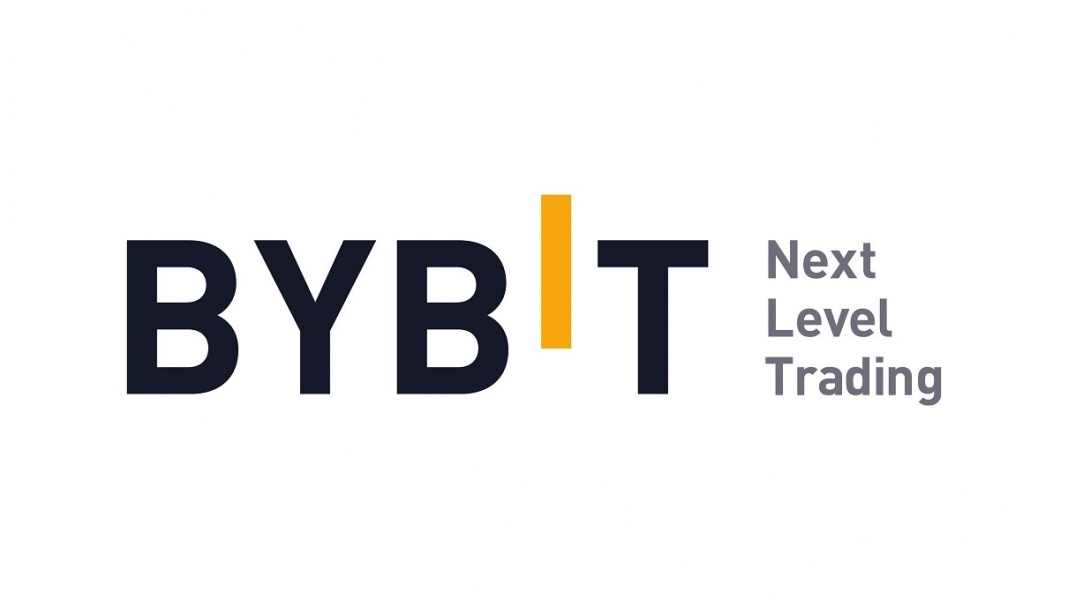
Bybit, one of the world's fastest growing cryptocurrency exchanges, has completed its integration of MetaTrader 4 (MT4), the gold standard for forex (FX) and contract for differences (CFD) trading. Widely popular among retail traders, MT4 offers advanced technical analysis, a flexible trading system, and algorithmic trading tools.
Developed by MetaQuotes, MT4's functionalities on Bybit will be available to all Bybit users. Upon launch, Bybit users can trade USDT perpetual contracts 24/7, with low spreads, while leveraging on our deep liquidity. They can also integrate Expert Advisors for an automated trading experience, allowing them to integrate their trading scripts from other providers offering MT4.
MetaTrader 4 (MT4) Functionalities
The integration will provide Bybit users with leading trading and analytical technologies to implement their trading strategies easily. Users trading on Bybit's MT4 will be trading off Bybit's order book and liquidity prices — facilitating direct peer-to-peer buy/sell transactions, as Bybit's deep liquidity ensures minimal slippage.
MT4 also comes with technical indicators and algorithmic trading tools to automatically copy deals of other traders and support users in their trading journey. Additionally, MT4 offers users customizable layouts with an intuitive interface and interactive charts to plan and manage their trades.
Adding Advanced Trading Features to World Class Liquidity and Reliability
Bybit has proven itself to be the most reliable, stable and usable cryptocurrency exchange of the bull run, offering the best liquidity. Unique among major exchanges, Bybit experienced a 99.99% up rate throughout the year, with no overload nor downtime throughout.
Liquidity is arguably the be-all and end-all attribute for asset exchanges. Bybit's derivatives trading platform has the world's best liquidity and tightest spread. Traders are ensured the best quote and best execution in the market even during extreme volatility.
Bybit's retail focused products and customer support focused services will help lower the entry threshold to crypto trading to a whole host of new customers around the world, allowing them to seamlessly enjoy the immediate delivery of crypto trades.
Integration with MT4 will support the platform in becoming a fully integrated trading powerhouse with a user-friendly interface.
"As one of the most advanced and convenient trading solutions, MT4 is an excellent tool for our users to elevate their trading experience," said Ben Zhou, co-founder and CEO of Bybit. "We are excited to bring our products and services to the next level with this integration with MT4, and we look forward to our users benefiting from its functionalities and navigating the rise of digital assets with us."

